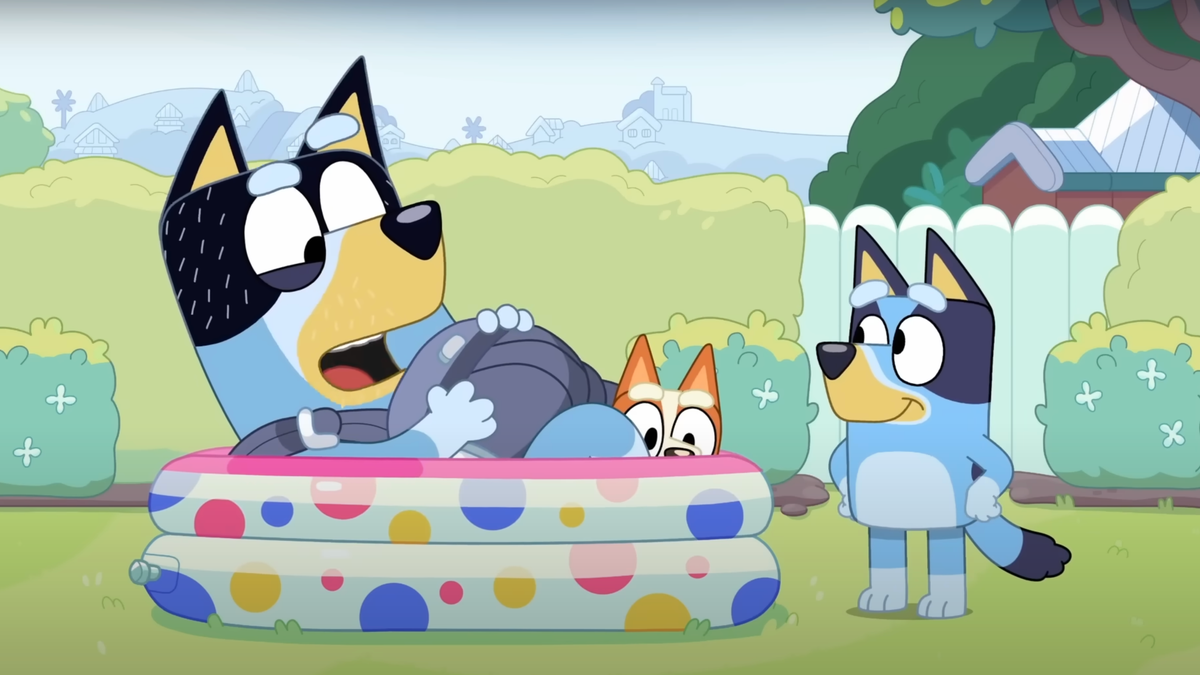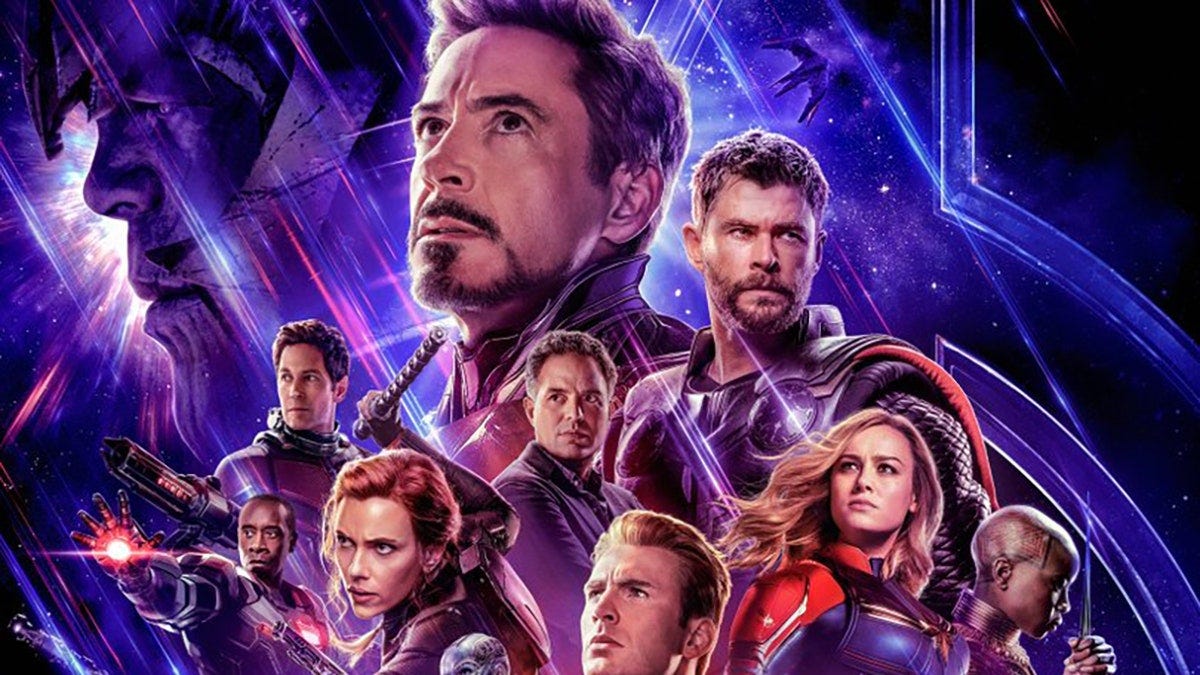The Coolest PC Game Packing From the 1990s


With GameStop’s stock exploding and shrinking on a weekly basis, it’s easy to forget that until recently, it was an open question whether the next-gen of gaming consoles were going to come with an optical drive at all. Physical games managed to avoid the grim reaper, for now, but little care is put into their packaging these days. A whole generation missed out on a time when you could walk into a Babbages and an encyclopedia-sized PC game box practically leapt into your hands.
During the video game industry’s adolescence, a visit to the shelves of the computer shop meant finding shareware games in ziplock bags beside boxes adorned in the state-of-the-art of graphic design of the time. But some designers went further and took the opportunity to turn those standard cardboard boxes into eye-catching sculptural objects. One of the unsung heroes of the PC box is the designer Hock Wah Yeo.
The fine folks at The Obscurity recently did an in-depth look at Yeo’s career that was like Proust’s madeleine for a ‘90s kid like myself. During gaming’s wild west years, Yeo ran a design studio with his partner at the time, Valerie Wong. Wong reportedly focused on the corporate clients while Yeo turned his attention to the gaming world.
The Design Office of Wong & Yeo started out doing iconic but conventional work on titles like The Guardian Legend and Lode Runner before Yeo was given the opportunity to let his imagination run wild on the 1988 flight sim Jetfighter: The Adventure.
Soon, game publishers realized that Yeo at his most extreme was good for business. Broderbund decided to hand him the responsibility of packaging a re-release of Prince of Persia three years after its debut. He claims that sales tripled when his two-piece design hit the shelves and everyone wanted a Prince of Persia box. Yeo just got weirder with a transforming box for Ultrabots and allusions to Rube Goldberg for The Incredible Machine.
Yeo told The Obscurity that “if you want to sell somebody something, it’s gotta be in your hands.” In the absence of ubiquitous reviews and advertising structures, video game retailers were making judgments about what to carry based on what a customer could discern from the packaging. Yeo was good at making packages that promised something special and compelled people to pick them up—so good, in fact, that the Design Office of Wong & Yeo got a credit on the underside of the box, a rare thing at the time.
Since the heyday of big honking PC game boxes, Yeo has moved on to web design and branding with his new studio Yeo Design. He was nice enough to share a selection of images of some of his most iconic PC game designs with us that you can check out in the slides ahead, and you’ll find links to play the games. If you’d like to know more about his history and the stories behind the boxes, give a visit to The Obscurity.
Source link





